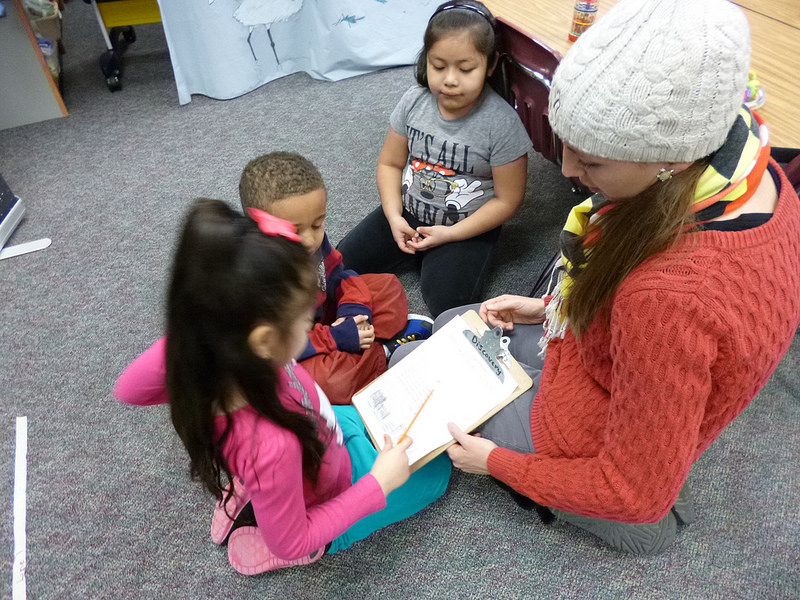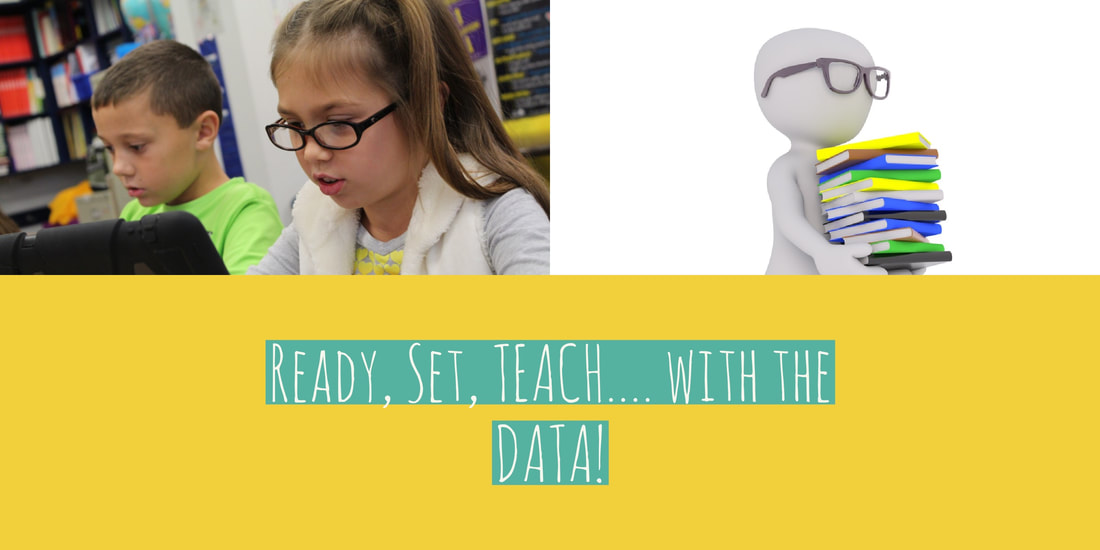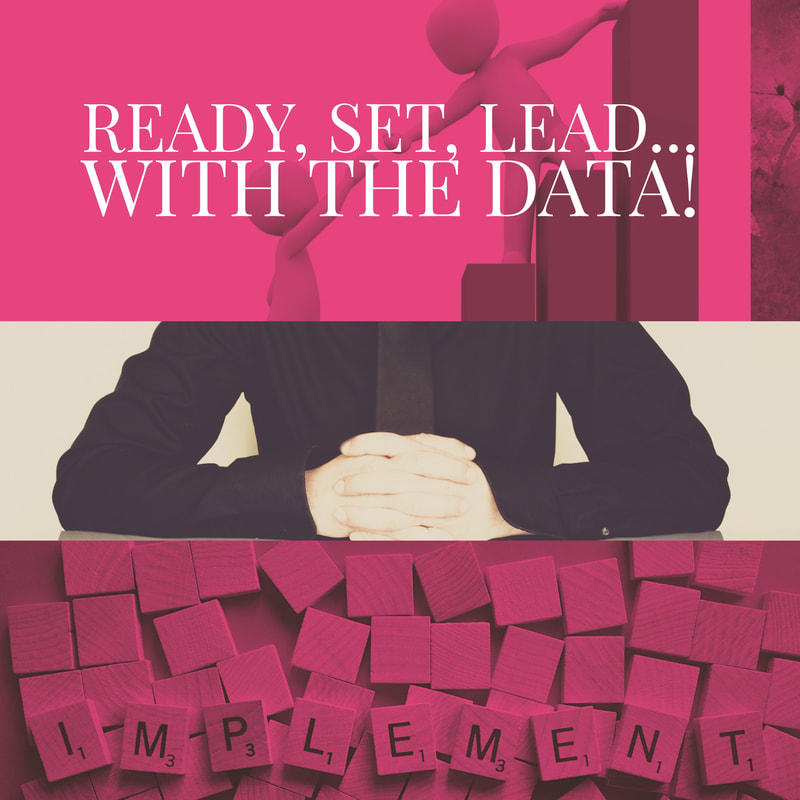|
Time sure does fly when you’re having fun! Summertime is over and it’s time to trade the tank tops and flip flops for the suit and heels. The beginning of school is an exciting time. For educators, it’s another year to make a difference in the lives of a new group of children. As the campus leader, how you start the year is paramount to a successful school year. The principal sets the tone for the year… for staff members, students, and parents. Below are a few tips on how to start the year off right.
Staff Members
Students
Parents
What activities do you have scheduled for your staff, students, and parents?
2 Comments
Data is not only important for principals and teachers, it is also important for students and parents. Sharing individual data with students and parents helps them see how the student is progressing academically. This week’s blog will examine how best to use data with students and parents.
This past year, I implemented student goal sheets on my campus… for every grade level (K-5th). The goal was for students to see where they are and then make goals to improve. I trained teachers on how to use data with students and then charged each grade level with creating a data sheet appropriate for their specific grade level. Each grade level implemented the use of data sheets for the year. I saw first-hand how the data sheets helped focus not only students, but it also helped the teacher focus more on the needs of each individual student. During ARDS and RTI meetings, teachers brought their data binders to use during the discussion about the student’s progress. This helped the committees make decisions that were best for that student. I think it also helped our parents to see how much the teacher knew about their child’s academic progress. It was a win-win for all stakeholders. How to use student data sheets:
We also implemented parent letters for each major benchmark. As all educators do, I stole this idea from a colleague. It worked wonderfully because it made parents aware of how their child was doing throughout the school year. The parent data letter brought the parent in as an active stakeholder in their child’s education. How to use parent data letters:
How do you use data to include students and parents in the educational process? We are surrounded by data, but do we know how to use it to help students progress? Principals, teachers, and students/parents use data differently. This blog will take a view into how teachers can use the data to improve student achievement.
Teachers should use data to determine the following: Effectiveness of Instruction Teachers should look at the data to determine the effectiveness of his/her teaching. I issue the following challenge to teachers… after administering a test, average all of the students’ grades. View the class average as your grade. If the class average is a B, view yourself as a B teacher for that concept. If the class average is an F, throw the papers away and re-teach the concept. I challenge you to own the learning in your classroom. Teacher Reflection Questions: Why do you think your students did well or did not do well? How could you have taught the lessons differently to achieve a higher level of student achievement? Gaps in Learning Teachers can use the data to determine where students have gaps. Unfortunately, students come at all different levels. In Title I districts/campuses, many of the students move around quite a bit. Frequent school changes almost certainly will produce students with gaps in learning. Each district has a different Scope & Sequence. If students are constantly moving, it is quite possible that they miss instruction on certain concepts. Tracking student performance allows teachers to identify student gaps in learning. For instance, if a student makes an A on Unit 1 and then makes an F on Unit 2, it could be because the student lacks the prior knowledge in the concept of Unit 2 to be successful on the current grade level. Teacher Reflection Questions: On what level is each of your students working? When and how will you work with students who are below grade level? Areas to Grow Teachers can determine in which content skills he/she needs improvement. Track unit tests and benchmarks and examine the data deeper to determine in which content skills the class continually underperforms. The areas in which the class continues to underperform, means those are the areas the teacher needs instructional improvement. Teacher Reflection Questions: Which areas have your students performed below a 70 on the last few unit tests or benchmarks? How would you rate your knowledge and understanding of the content? How would you rate your instructional strategies with those content areas? In what specific area would you like support? Teachers, honestly answer the questions above and then make a plan to help support your students on their educational journey. Principals, share the questions with your teachers after assessments. Allow the questions to begin the conversation of how you can best support the teacher. I am frequently reminded that what I do as a principal determines the future of my little ones. At the National Coalition of Girls’ Schools conference this summer, Jaime Casap from Google made a statement that I can’t seem to get out of my head. He said, “Education disrupts poverty.” This statement can only be true if the education is “good”.
I want to make sure I have afforded my students a “good” opportunity to escape the poverty that surrounds them. We must offer them the right information (curriculum), the right way (instruction), at the right time (when it’s appropriate). We know that each student in each classroom is on a different academic level. In a 4th grade classroom, it is very likely to have students on K-6th grade levels. Unfortunately, we have no control over how students come to us, but we must reach each student and propel them to the next level. How do we do that? Our instruction must be as individual as possible… we must meet each student where they are. This leads us to a discussion of data. We have lots of it, but do we know what to do with it to improve student achievement? Help is here! In this week’s blog, I will address the first aspect of data and how it can help meet our students’ needs. I will continue this dialogue in the next few blogs, so stay tuned! Data is important for three groups of people: the principal, the teacher, the student and parent. This week’s blog will focus on the importance of data to the campus principal. Principals should use student data to determine these three areas. 1)Determine effectiveness of curriculum and instruction If all (or most) grade levels and subjects on your campus are low-performing, it is not the individual teachers. More than likely, it is either what you’re teaching (curriculum) or how you’re teaching it (instruction)… and those are campus or district-based decisions. Principal Action: Spend time in each classroom each day to determine if the curriculum adequately addresses state standards at a high level. Also look at the delivery of instruction. Are teachers delivering the instruction in a way that is easy for students to understand? Once you determine the underlying challenges, get to work improving it. 2)Determine effectiveness of teachers Look at your data by teacher. Do you have some teachers who are performing much lower than their colleagues? If so, it becomes your job to determine why. Principal Action: Spend time in their rooms to identify why they are lower. Once you can identify the “why”, you can provide the support needed to help them grow. Also, if you see a trend on your campus… many teachers are lacking a certain skill set, that becomes the focus of staff development. 3)Determine effectiveness of programs Look at the data by student. Are students improving from benchmark to benchmark? If students are not improving, it might be cause for concern in your intervention programs. Are the students grouped appropriately for after-school tutorials and intervention time during the day? Are the students receiving appropriate instruction during after-school tutorials and intervention time during the day? Are the students who need to be in after-school tutorials actually staying after and receiving the help they need? For students who are not in intervention groups during the day, are they engaged in meaningful instruction while teachers are working with small groups? Principal Action: Become more involved in determining who needs extra support, decide when they’ll receive it (after-school tutorials or interventions during the school day), and who will deliver the extra support to each group. Reflect on these three points of how data should be used by the principal. Based on your reflection, which areas need to be addressed on your campus next year and how do you plan to address them? |
AuthorPaula Patterson is a Superintendent of Schools who shares practical points on leadership. Archives
May 2020
Categories |





 RSS Feed
RSS Feed